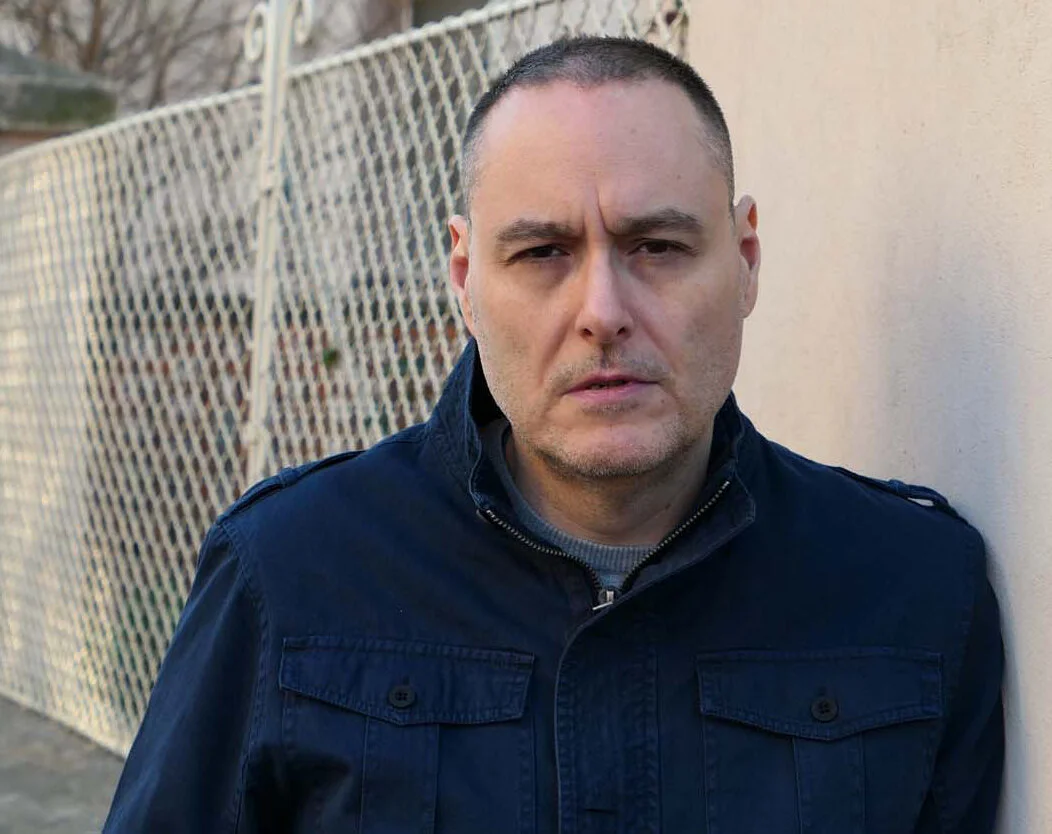Will die by AIDS as in the 90s

In the world we will see again by dying again by AIDS as it happened in the 1990s if the United States confirms that they will no longer fund AIDS programs in dozens of developing countries, and the number of annual deaths could increase ten times, the head of the UN AIDS (UNIDS) said on Monday.
« In the long term, we see a global reappearance of the AIDS pandemic, and not only in low -income countries in Africa, where it is concentrated now, but also among certain populations in Latin American and Eastern Europe, » said the director of UNAIDS, Winnie Byanyima.
Daily infections could increase from 2,000 to 3,500 if this situation is not resolved, the director of UNAIDS estimated.
Unids was one of the organizations affected by the interruption of international assistance by the administration of US President Donald Trump, which is still officially in the period of revision of its entire international cooperation scheme and will announce its decisions about the contributions it will maintain.
« At Unids we estimate that if the US AIDS assistance is not restored after this break or is not replaced with other sources of funding, there will be 6.3 million deaths related to AIDS, compared to the latest 600,000 deaths worldwide in 2023, which is ten times more, » Byanyima said.
The director of UNAIDS said that so far he has not heard from any other government to be willing to cover this deficit, which involves the risk of the ‘collapse’ of Diagnostic, Treatment and Surveillance Surveillance related to AIDS in dozens of countries.
The situation could also become dramatic in terms of spreading this infectious disease, which was considered the first pandemic of the twentieth century.
According to UNAIDS estimates, if the prevention and treatment services for HIV sermasy sermasums are reduced, there will be 8.7 million new infections worldwide, compared to 1.3 million infections in 2023.
In the United States and Europe, cases of new infections amount to 56,000 per year, indicating that high -income countries are also threatened by this disease, one of the few in which international eradication goals were met by 2030.
« Now we are talking about the loss of progress over the past 25 years, » Byanyima complained.
The US funds 50% of the activity of UNAIDS, which is present in 67 countries and is the UN agency that also generates the data on which countries base their own HIV/AIDS control objectives.
« Without this data, each country would adopt its own direction and set their goals, » Byanyima said.
She indicated that the agency is in the process of restructuring since last year, before announcing the discounts, after a reduction in the contributions from the European countries was observed.
‘We evaluate several scenarios for the future, which includes less or even no contribution from the United States. We have not yet separated from any employees, but we will definitely have to make difficult decisions, ‘acknowledged the director of UNAIDS, Winnie Byanyima.







